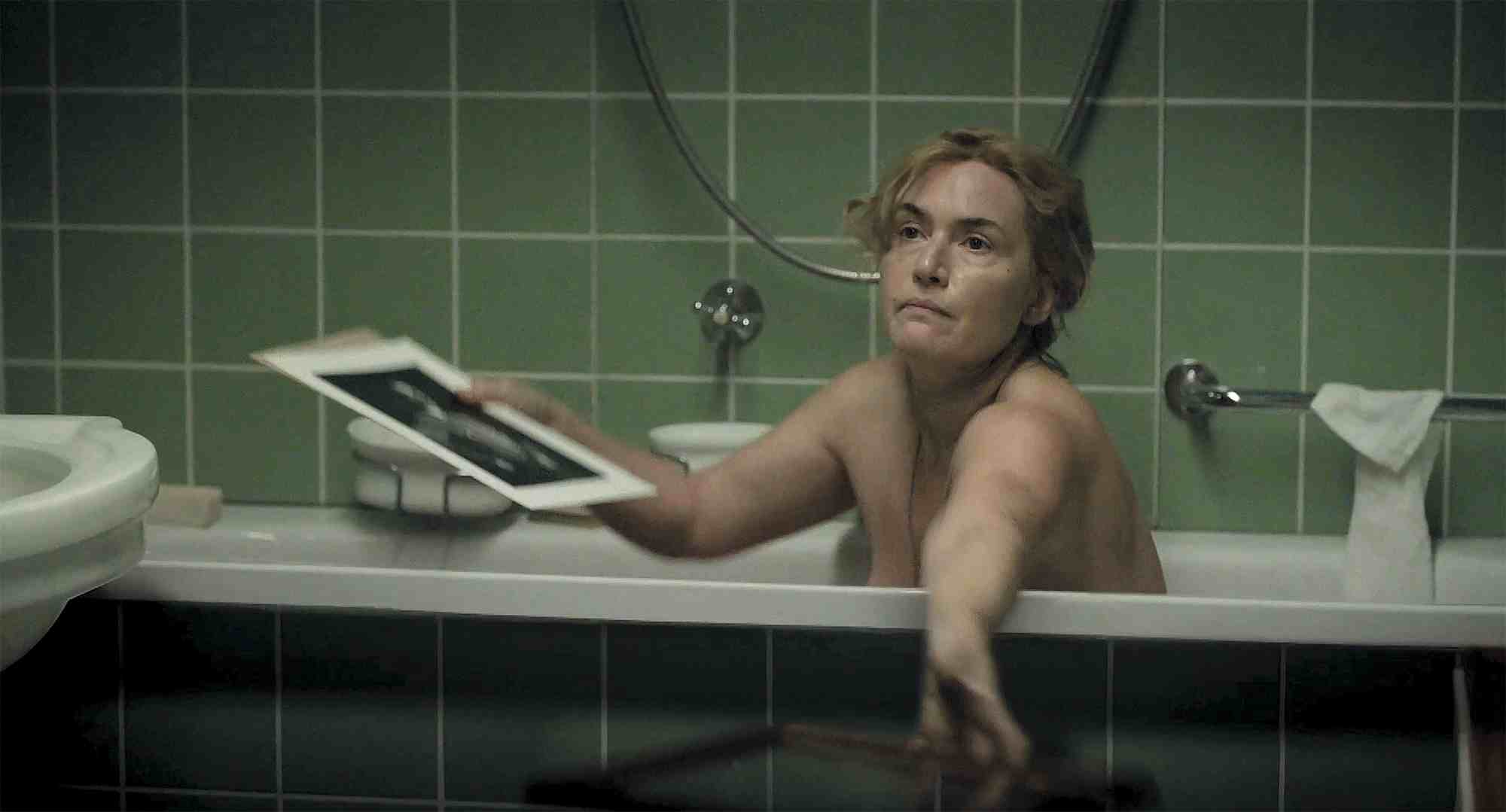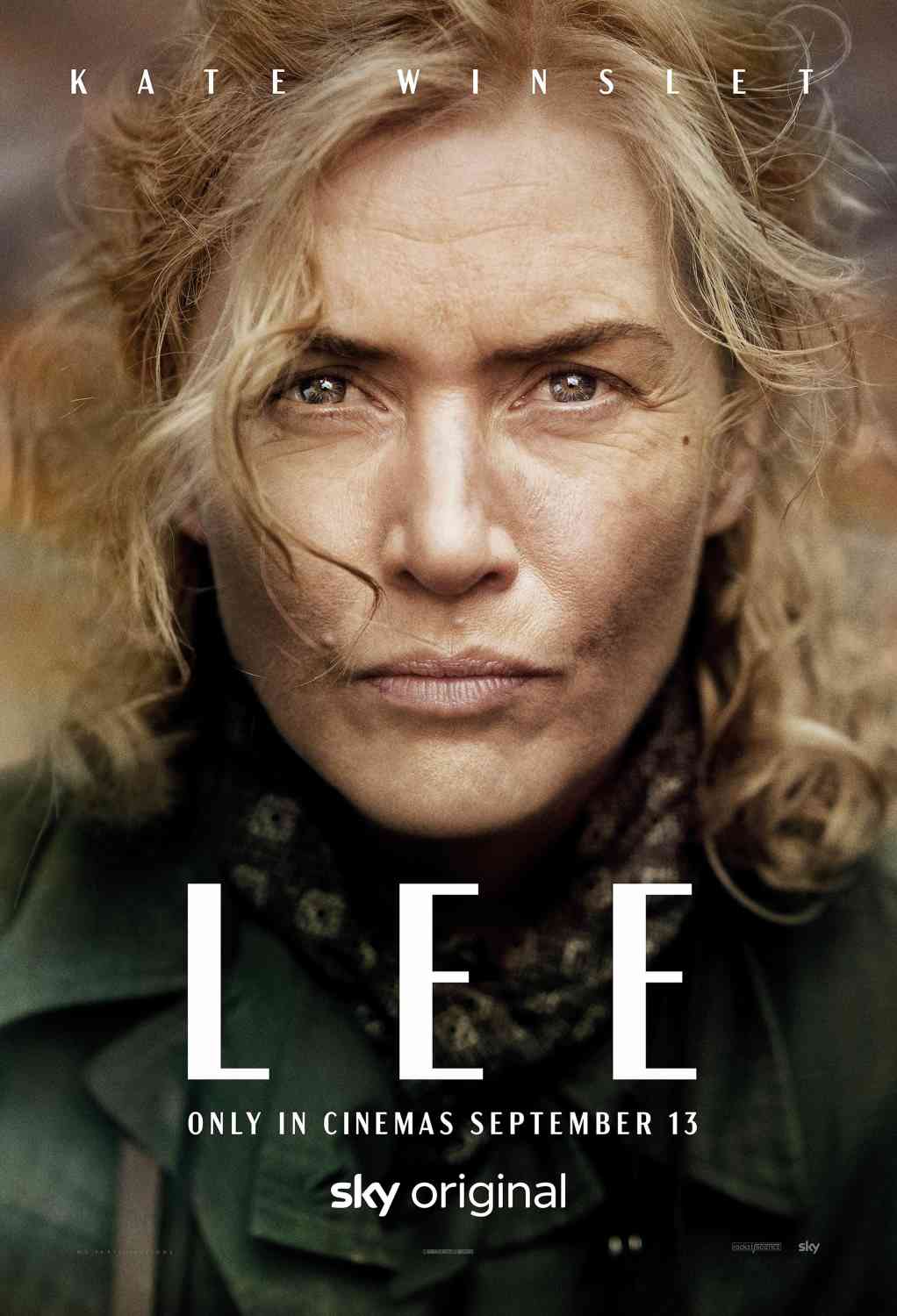'Moving': Baroness Hayter reviews 'Lee'
Kate Winslet as Lee Miller | Image by: BFA / Alamy Stock Photo
4 min read
Make time to see this portrait of the preeminent female war photographer Lee Miller – just don’t make my mistake and go on your own
I made the mistake of seeing Lee alone, the story of a brilliant, humane, feminist war photographer and reporter. It begins at the end of her exuberant pre-war life as a model and muse, in a Europe blind to the coming catastrophe, and follows her through France and Germany – the wartime events all snapped by Lee Miller’s sharp yet sympathetic eye.
The film shows Miller’s ground-breaking photos published in Vogue, capturing the Blitz, before she decides to play her part in the war. Trading on her American citizenship – the British would not allow female journalists to travel to the frontline – she joins US troops in Normandy, where she takes her first photos of the conflict, including that of a wounded soldier, his whole face bandaged save his eyes. Miller’s focus on her subjects’ eyes becomes the motif employed by the director throughout the film.
We see Miller under fire in St Malo – terrified yet employing her German-made Rolleiflex camera with a steady hand – then in liberated France where her empathy enables her to respond to the eyes of the shamed, shaven-headed French woman who has consorted with a German, the cries of a woman about to be raped (whom she saves with the help of a blade), and later in Germany the wide, disbelieving, hurt eyes of a young sex slave in a concentration camp.
 Hitler’s bathtub: Kate Winslet recreates Lee Miller’s infamous portrait |
Hitler’s bathtub: Kate Winslet recreates Lee Miller’s infamous portrait |
Image by: LANDMARK MEDIA / Alamy Stock Photo
Two hours of cinema mirror the use Miller made of her own eyes to bear witness, by showing us not her photos but her reactions to the horrors before her. As she says: “Even when I wanted to look away – I always knew I couldn’t.” Perhaps only an actress of Kate Winslet’s ability could have carried this role – reflecting to the audience the unimaginable terrors Miller had seen.
The standout sequence focuses on her face as she and her colleague open the doors of a railway carriage piled high with the dead – the images she took only appear at the film’s end, discarded on the floor of her final home.
Perhaps only an actress of Kate Winslet’s ability could have carried this role
The truism that “you can’t unsee what you’ve seen” perhaps explains her later descent into drink, and perhaps depression, whilst her inability to live a post-war life supplies the structure to the film.
Miller’s talent was in documenting but also in loving. She is supported by and supports other women, whilst succoured by the devotion of two men, her husband Roland Penrose (played by Alexander Skarsgård), and her fellow American war photographer partner, David E Scherman (played by Andy Samberg) whose memorable line “all those people – all my people” is the sole reference to the six million.
After the war we see Miller enraged at British Vogue’s refusal to carry her German photos – “they always get away with it,” she fumes, referring to rapists as well as powerful killers.
 Despite this episode, British Vogue editor Audrey Withers was a beloved friend and stalwart anchor, allowing Miller to mingle the artistic – the silver drinks tray in Hitler’s house, the iconic photo of Miller in the führer’s bathtub, the dust of Dachau from her boots on his bathmat – with the silent screams of war. It is no coincidence that the film’s female director, Ellen Kuras, has given free rein both to Miller’s artistic, flesh and blood side as well as to the material her photographic genius produced, and which became – as Withers correctly predicted – some of the greatest documentary evidence of what happened during the war.
Despite this episode, British Vogue editor Audrey Withers was a beloved friend and stalwart anchor, allowing Miller to mingle the artistic – the silver drinks tray in Hitler’s house, the iconic photo of Miller in the führer’s bathtub, the dust of Dachau from her boots on his bathmat – with the silent screams of war. It is no coincidence that the film’s female director, Ellen Kuras, has given free rein both to Miller’s artistic, flesh and blood side as well as to the material her photographic genius produced, and which became – as Withers correctly predicted – some of the greatest documentary evidence of what happened during the war.
See it – but don’t go alone. Just as Scherman and Miller hold each other for comfort witnessing the horror of the railway carriages, you’ll need someone to hug at the end.
Baroness Hayter is a Labour peer
Lee
Directed by: Ellen Kuras
Venue: General cinema release
